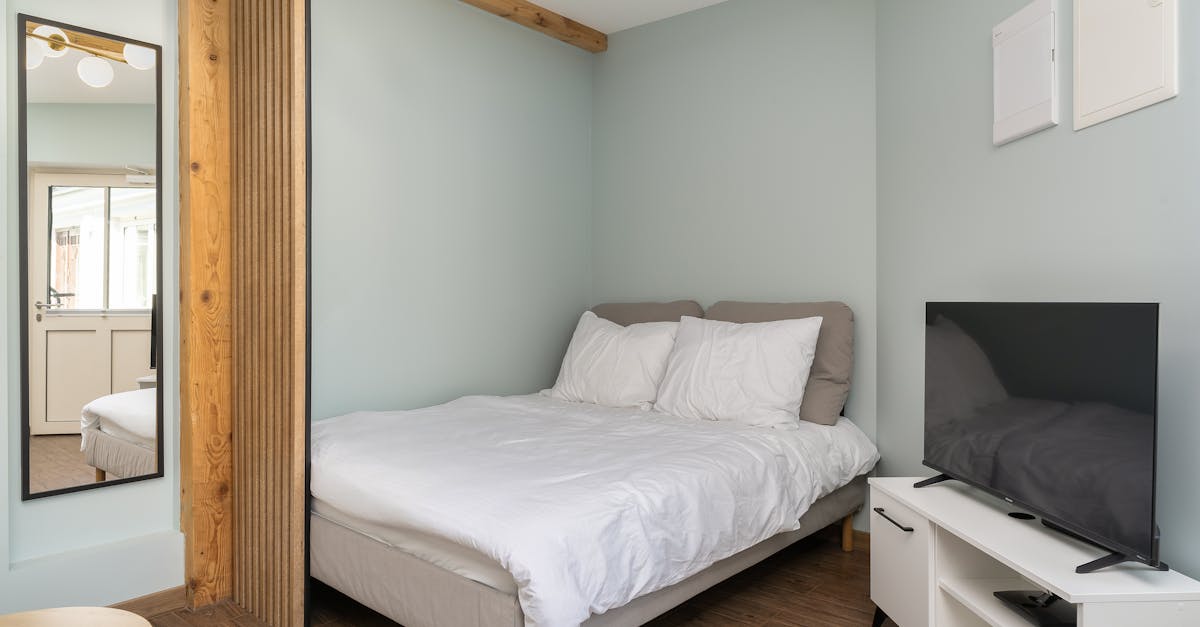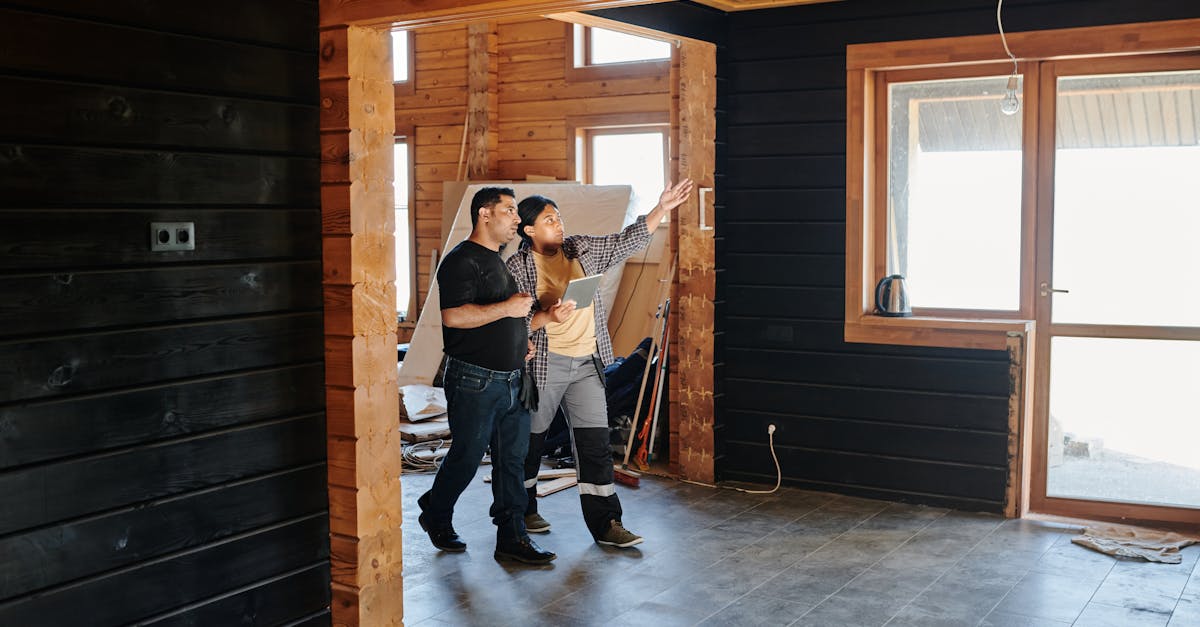Choosing the Perfect Roof Design for Your Climate
Introduction
Choosing the right roof for your home is more than just an aesthetic decision. It's crucial to consider the climate in your area to ensure longevity and energy efficiency. Matching your roof type to your climate can provide enhanced protection and save you money on maintenance in the long term.
Advertisement
The Importance of Climate Considerations
Roofs serve as the first line of defense against the elements, so understanding your local weather patterns is key. In hot climates, for instance, materials that reflect sunlight can help reduce cooling costs. Alternatively, in snowy regions, a sturdy design can prevent damage from accumulating snow.
Advertisement
Hot and Arid Climates
Regions with high temperatures and minimal rainfall, such as the southwestern United States, benefit from roofs with excellent heat reflection. Materials like clay tiles or metal roofing are ideal as they withstand intense sunlight and help maintain cooler indoor temperatures.
Advertisement
Windy and Coastal Areas
If your home is in a region prone to high winds or hurricanes, durability is your priority. Metal and slate roofing provide excellent resistance against extreme winds. Moreover, adding additional fastening and securing options can further protect your roof in these climates.
Advertisement
Cold and Snowy Climates
Homes in snowy regions require roofs that can handle the weight of snow accumulation. Materials like asphalt shingles and metal are preferred for their ability to shed snow. Steeper roof pitches, combined with sturdy materials, help ensure snow slides off, reducing the risk of structural damage.
Advertisement
Wet and Humid Environments
In areas with high humidity or heavy rainfall, roofs must effectively manage moisture. Asphalt shingles treated for algae resistance are a great choice, as moisture can lead to mold or mildew growth. Additionally, ensure that your roof has proper ventilation and water drainage systems.
Advertisement
Fluctuating Temperature Areas
Regions experiencing extreme temperature variations, such as the Midwest, need roofs that adapt well to various conditions. Materials like architectural shingles provide flexibility and durability. They can expand and contract without cracking, ensuring long-lasting performance.
Advertisement
Energy Efficiency and Roof Color
Aside from material considerations, roof color also impacts energy efficiency. Light-colored roofs reflect more sunlight, helping to keep interiors cooler in hot climates. Conversely, dark-colored roofs absorb heat and are more suitable for cooler regions to help homes retain warmth.
Advertisement
Local Building Codes and Regulations
Before picking a roof, familiarize yourself with local building codes and zoning laws. These regulations can affect your roofing choices, as certain materials or designs might be prohibited or recommended based on regional safety standards.
Advertisement
Conclusion
Selecting the right roof for your climate not only boosts your home's energy efficiency but also enhances its durability. Understanding your local weather challenges and aligning with suitable materials can safeguard your investment. Always consult with experts to ensure the best roofing solution for your specific climate.
Advertisement


